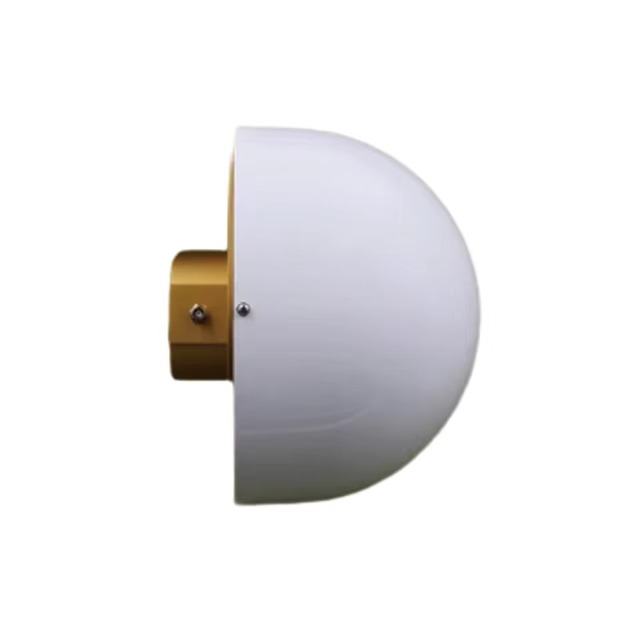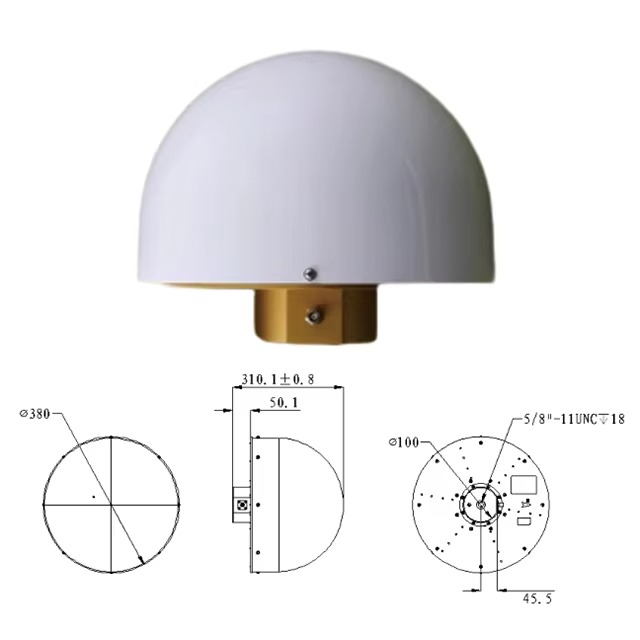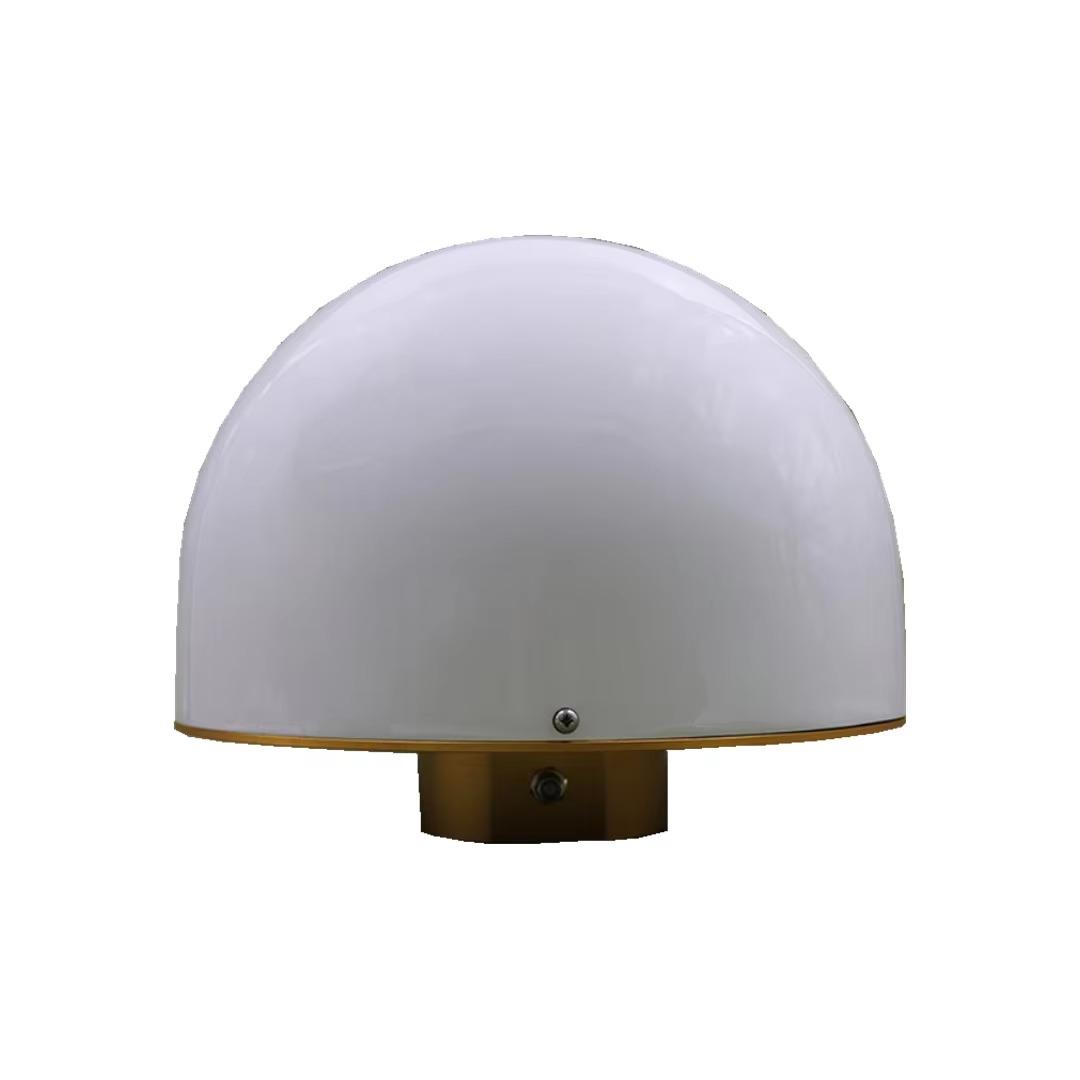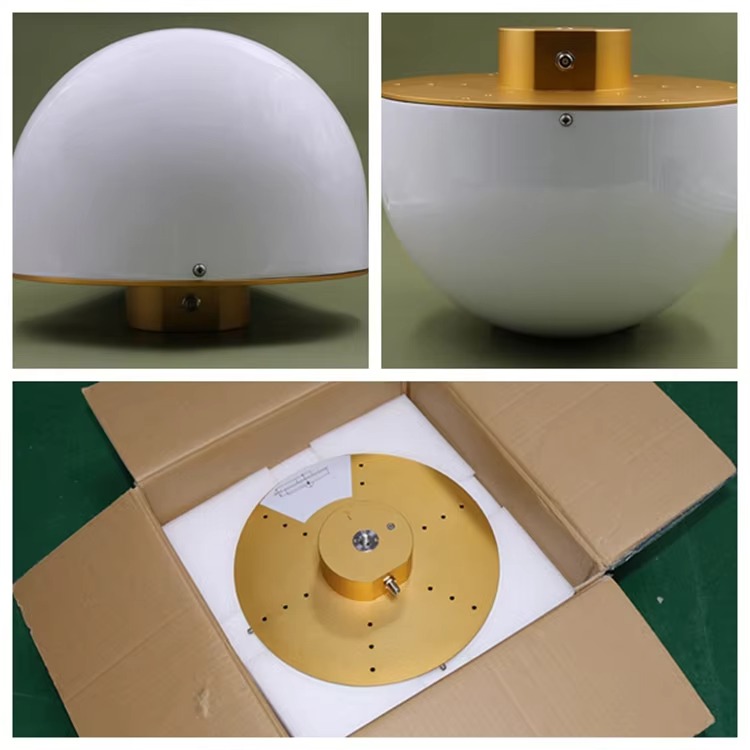The multi-frequency RTK choke ring GPS antenna is a cornerstone technology in numerous high-precision applications where centimeter- to millimeter-level positioning accuracy, long-term stability, and measurement integrity are non-negotiable. Its primary use lies in geodetic surveying and national mapping, where it serves as the reference point for cadastral surveys, boundary determinations, and topographic mapping. By forming part of Continuously Operating Reference Stations (CORS), these antennas provide real-time correction data to roving GNSS units, enabling rapid and accurate field measurements across large geographic areas.
In crustal deformation monitoring, choke ring antennas are deployed in dense networks to detect subtle movements of tectonic plates, fault lines, and volcanic regions. For example, in earthquake-prone zones like California or Japan, arrays of these antennas continuously record ground displacement with sub-centimeter precision, offering early warning indicators and improving seismic hazard models. Similarly, in volcano monitoring, such as at Mount Etna or Kīlauea, sustained deformation patterns captured by choke ring-equipped stations help predict eruptions by revealing magma migration beneath the surface.
Another critical application is infrastructure health monitoring. Bridges, dams, tall buildings, and tunnels are instrumented with high-precision GNSS receivers connected to choke ring antennas to track structural displacements over time. For instance, the Millau Viaduct in France and the Three Gorges Dam in China utilize such systems to monitor settlement, thermal expansion, and wind-induced sway. The ability to detect slow creep or sudden shifts enables proactive maintenance and enhances public safety.
In scientific research, these antennas contribute to studies in glaciology, subsidence, and sea-level rise. In polar regions, they are installed on ice sheets to measure glacial flow rates and grounding line retreat. In coastal zones, they support vertical land motion (VLM) measurements, which are essential for distinguishing between actual sea-level rise and local subsidence—key inputs for climate modeling and coastal planning.
The aerospace and satellite navigation sectors also rely on choke ring antennas for satellite orbit determination and clock synchronization. Ground tracking stations equipped with these antennas form part of global networks like the International GNSS Service (IGS), providing precise ranging data used to compute satellite ephemerides and clock corrections. These data feed into real-time augmentation services (e.g., SBAS, PPP-RTK) that enhance positioning accuracy worldwide.
Moreover, choke ring antennas play a role in calibration and metrology. National geodetic agencies use them as reference standards to calibrate other GNSS equipment, validate new signal processing algorithms, and maintain national coordinate systems. Their stable phase centers and well-documented error characteristics make them ideal for traceable, repeatable measurements.
Looking ahead, several future trends are shaping the evolution of multi-frequency RTK choke ring antennas. One major direction is miniaturization without performance loss. Advances in metamaterials and electromagnetic bandgap (EBG) structures may allow smaller choke-like effects in compact form factors, making them suitable for UAVs, mobile mapping systems, and urban sensor nodes.
Another trend is integration with multi-sensor fusion systems. Future antennas may embed inertial measurement units (IMUs), barometers, and environmental sensors to provide hybrid positioning solutions resilient to signal outages. This is particularly valuable in challenging environments where GNSS signals are intermittently blocked.
Adaptive filtering and cognitive radio techniques are being explored to combat increasing radio frequency interference (RFI). Smart antennas could dynamically adjust their reception patterns or notch out jamming signals in real time, preserving signal integrity in congested spectral environments.
With the rollout of new GNSS signals—such as GPS L1C, Galileo E6, and BeiDou B2b—the demand for ultra-wideband choke ring designs will grow. Antennas capable of covering 1100–1600 MHz seamlessly will ensure backward compatibility while supporting higher data rates, improved modulation schemes (e.g., AltBOC), and enhanced security features.
Furthermore, AI-driven diagnostics and self-calibration are emerging. Machine learning models could analyze received signal quality, temperature profiles, and multipath signatures to autonomously detect degradation, predict maintenance needs, or correct phase center drift in real time.
Finally, the rise of PPP-RTK (Precise Point Positioning with RTK corrections) and autonomous systems is driving demand for globally consistent, high-fidelity reference data. Choke ring antennas will remain central to this infrastructure, ensuring that next-generation autonomous vehicles, drones, and smart cities have access to reliable, high-accuracy positioning.
As GNSS becomes increasingly embedded in critical infrastructure and scientific discovery, the role of the multi-frequency RTK choke ring antenna will only expand—evolving from a passive receiver to an intelligent, adaptive node in a global network of precision sensing.
Conclusion
The multi-frequency RTK choke ring GPS antenna stands as a pinnacle of engineering achievement in the realm of high-precision satellite navigation. Its sophisticated design, rooted in electromagnetic theory and precision manufacturing, enables unparalleled signal fidelity, multipath rejection, and phase stability—qualities that are indispensable for applications demanding centimeter- or even millimeter-level accuracy. By integrating choke ring technology with multi-frequency and multi-constellation capabilities, this antenna effectively mitigates key sources of GNSS error, including ionospheric delay, low-elevation reflections, and phase center variation, thereby serving as the foundation for reliable real-time kinematic (RTK) and precise point positioning (PPP) solutions.
From its robust construction using resonant cavities and low-noise amplifiers to its symmetrical radiation pattern and calibrated phase center, every aspect of the antenna is optimized for metrological-grade performance. It plays a vital role in geodetic networks, crustal deformation monitoring, infrastructure health assessment, and scientific research, where long-term data consistency and environmental resilience are paramount. Its deployment in CORS stations and global tracking networks ensures that high-accuracy positioning is not just a local capability but a globally accessible service.
While challenges such as cost, size, and installation sensitivity limit its use in consumer or mobile platforms, ongoing advancements in materials science, miniaturization, and adaptive signal processing are paving the way for next-generation variants that retain performance while expanding applicability. The integration of AI, multi-sensor fusion, and cognitive radio functions promises to make these antennas smarter and more resilient in increasingly complex RF environments.
As society moves toward autonomous systems, smart infrastructure, and climate-resilient planning, the need for trustworthy spatial data has never been greater. The multi-frequency RTK choke ring GPS antenna, though often operating silently in the background, remains a critical enabler of this future—ensuring that the world's most demanding positioning tasks are performed with the highest degree of accuracy, reliability, and confidence. In essence, it is not merely an antenna, but a cornerstone of modern geospatial intelligence.




































































 Language
Language
 En
En Cn
Cn Korean
Korean

 Home >
Home > 








 18665803017 (Macro)
18665803017 (Macro)













